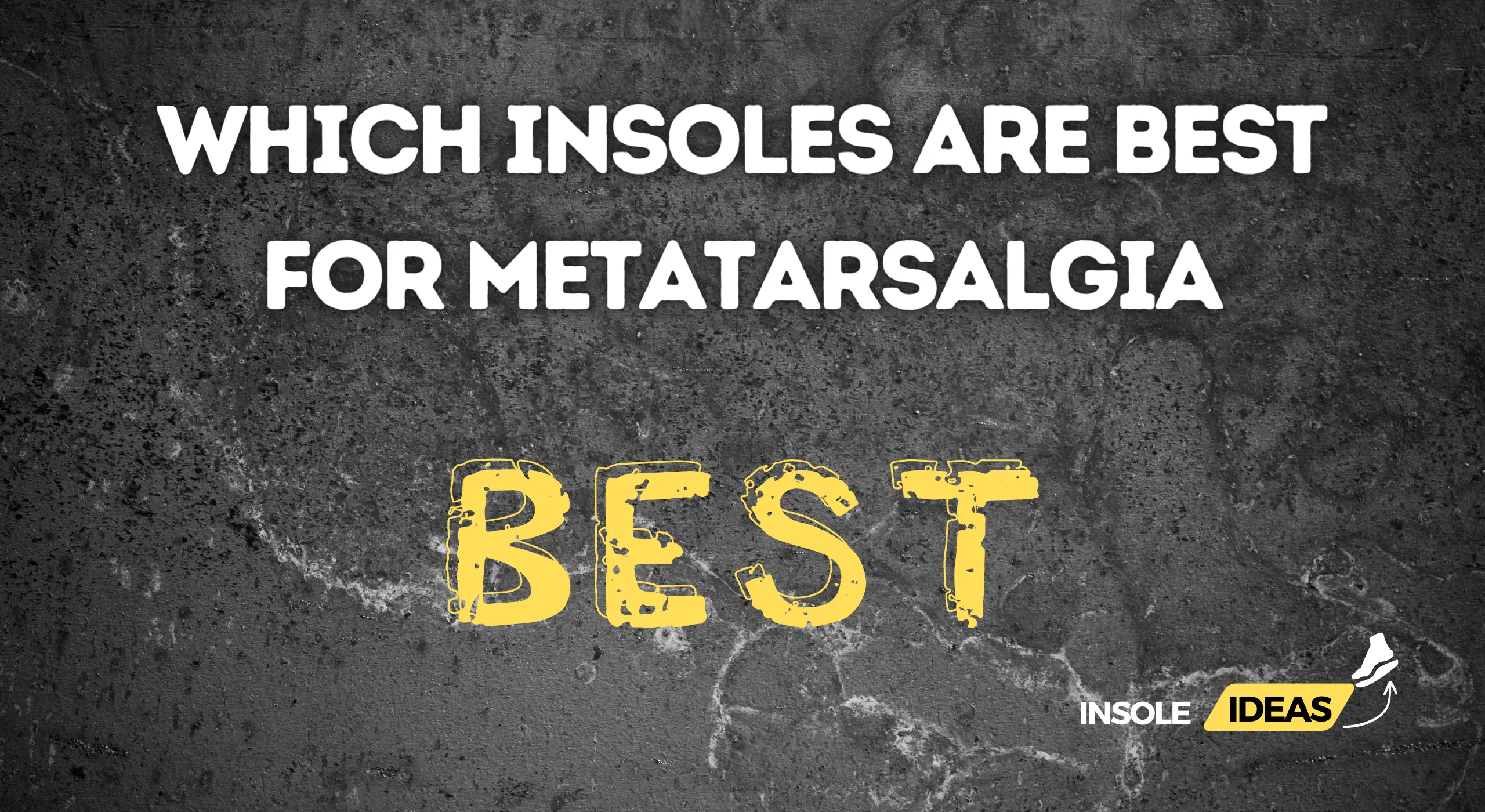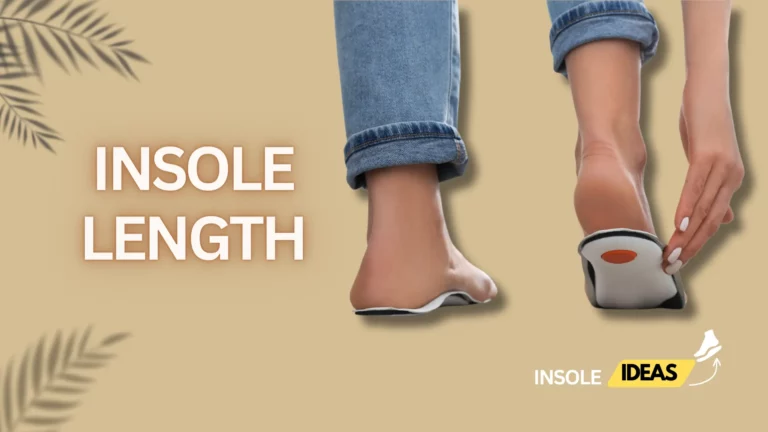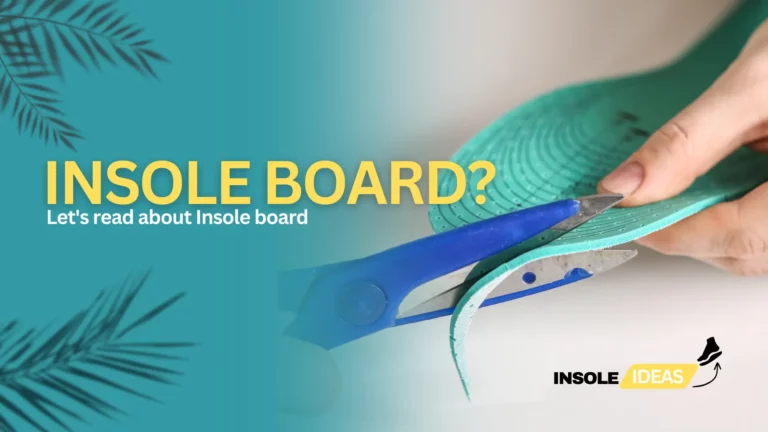Best Insoles for Metatarsalgia: Choosing the Right Support for Foot Pain Relief
Metatarsalgia is a condition characterized by pain and inflammation in the ball of the foot, specifically around the metatarsal bones. It can result from various factors such as overuse, high-impact activities, ill-fitting footwear, or foot deformities. Metatarsalgia can significantly impact one’s ability to walk, stand, or engage in physical activities comfortably.
Choosing the right insoles is crucial for managing metatarsalgia effectively. Insoles designed specifically for this condition can provide support, cushioning, and relief from pain, allowing individuals to maintain an active lifestyle with greater comfort and reduced discomfort.
Understanding which insoles are best for Metatarsalgia
Definition and Common Causes
Metatarsalgia refers to pain and inflammation in the ball of the foot, particularly in the area surrounding the metatarsal heads. It can develop due to various factors, including:
- Overuse or repetitive stress on the forefoot
- High-impact activities such as running or jumping
- Wearing high heels or shoes with inadequate support
- Foot deformities like hammertoes or bunions
- Thinning of the fat pad in the ball of the foot with age
Symptoms and Impact on Daily Activities
Symptoms of metatarsalgia may include:
- Pain or tenderness in the ball of the foot, often worsened by walking or standing
- Sharp or burning sensation under the toes
- Swelling or inflammation in the affected area
- Difficulty walking or participating in activities that involve pressure on the forefoot
Metatarsalgia can significantly affect daily activities, making it challenging to walk, stand for long periods, or participate in sports or exercise comfortably. It can also lead to compensatory changes in gait and posture, further exacerbating foot discomfort and increasing the risk of injury.
Types of Insoles for Metatarsalgia
Metatarsal Pads or Cushions
Metatarsal pads or cushions are small inserts placed in the shoe under the metatarsal heads to alleviate pressure and provide support to the forefoot. They typically consist of soft gel or foam materials and are designed to redistribute weight away from the painful area.
Metatarsal pads are versatile and can be used with various types of footwear, including athletic shoes, dress shoes, and sandals. They offer targeted relief and are suitable for individuals with mild to moderate metatarsalgia symptoms.
Cushioned Insoles with Metatarsal Support
Cushioned insoles with metatarsal support are designed to provide both cushioning and targeted support to the ball of the foot. These insoles feature extra padding in the metatarsal area to absorb shock and reduce pressure, helping to alleviate pain and discomfort.
These insoles are often made from materials like memory foam or gel, which conform to the shape of the foot for enhanced comfort. They are suitable for individuals with metatarsalgia who require additional cushioning and support during activities like walking or standing.
Orthotic Insoles with Metatarsal Arch Support
Orthotic insoles with metatarsal arch support offer comprehensive foot support by addressing not only metatarsalgia but also other biomechanical issues such as overpronation or flat feet. These insoles feature a contoured design with built-in arch support and metatarsal pads to promote proper foot alignment and reduce pressure on the forefoot.
Orthotic insoles are often recommended for individuals with severe or chronic metatarsalgia symptoms, as they provide superior support and stability. They may require a break-in period due to their firm structure but can offer significant long-term benefits for foot health.
Features to Look for in Insoles for Metatarsalgia
Metatarsal Support Placement and Design
The placement and design of metatarsal support are crucial considerations when choosing insoles for metatarsalgia. Look for insoles with strategically placed metatarsal pads or cushions that target the specific area of pain and provide adequate support without causing discomfort.
Cushioning and Shock Absorption Capabilities
Insoles for metatarsalgia should offer sufficient cushioning and shock absorption to reduce pressure on the forefoot during weight-bearing activities. Choose insoles made from high-quality, durable materials that provide adequate padding and resilience to protect the metatarsal area from impact-related injuries.
Arch Support and Overall Foot Alignment
In addition to metatarsal support, look for insoles with built-in arch support and features that promote proper foot alignment. Proper arch support helps distribute weight evenly across the foot, reducing strain on the metatarsal heads and preventing overpronation or supination, which can exacerbate metatarsalgia symptoms.
Comparison of Top Insoles for Metatarsalgia
Reviews and Ratings of Leading Insole Brands
When considering insoles for metatarsalgia, it’s essential to look at reviews and ratings of leading brands to gauge their effectiveness and suitability for your needs. Online platforms like Amazon, specialized footwear stores, and medical forums often provide valuable insights into user experiences with different insole brands.
Some factors to consider when reviewing insole brands include:
- User satisfaction: Look for insoles with high ratings and positive reviews from users who have experienced relief from metatarsalgia symptoms.
- Material quality: Consider the materials used in the construction of the insoles, such as gel, foam, or orthotic materials, and their durability and comfort.
- Metatarsal support: Evaluate how well the insoles provide support to the metatarsal area and alleviate pressure on the forefoot.
- Long-term effectiveness: Assess whether users report sustained relief from metatarsalgia symptoms over time with continued use of the insoles.
Pros and Cons of Each Type of Insole
Each type of insole for metatarsalgia offers unique benefits and drawbacks that should be weighed carefully before making a selection:
1. Metatarsal Pads or Cushions:
Pros:
Provides targeted relief to the metatarsal heads.
Versatile and can be used with various types of footwear.
Cons:
May shift or move out of place during activity.
Limited cushioning and support compared to other types of insoles.
2. Cushioned Insoles with Metatarsal Support:
Pros:
Offers both cushioning and support to the ball of the foot.
Provides enhanced comfort during walking or standing.
Cons:
May be bulkier than other types of insoles, affecting shoe fit.
Limited effectiveness for severe or chronic metatarsalgia.
3. Orthotic Insoles with Metatarsal Arch Support:
Pros:
Provides comprehensive foot support and alignment correction.
Suitable for individuals with severe or chronic metatarsalgia.
Cons:
May require a break-in period due to firm structure.
Higher cost compared to other types of insoles.
Recommendations and Considerations
Factors to Consider When Choosing Insoles for Metatarsalgia
When selecting insoles for metatarsalgia, consider the following factors:
- Severity of symptoms: Choose insoles that match the severity of your metatarsalgia symptoms, ranging from mild discomfort to severe pain.
- Foot type: Consider your foot type and any underlying biomechanical issues that may contribute to metatarsalgia, such as high arches or overpronation.
- Activity level: Select insoles that suit your activity level and provide adequate support during walking, running, or standing for long periods.
- Shoe compatibility: Ensure that the insoles fit comfortably in your existing footwear without causing crowding or discomfort.
Tips for Proper Fitting and Usage of Insoles
To maximize the effectiveness of insoles for metatarsalgia, follow these fitting and usage tips:
- Trim the insoles if necessary to ensure a proper fit inside your shoes.
- Gradually introduce the insoles into your footwear to allow your feet to adjust to the changes in support and cushioning.
- Replace the insoles regularly, as worn-out or flattened insoles may lose their effectiveness over time.
- Wear supportive footwear with ample room in the toe box to accommodate the insoles and prevent additional pressure on the forefoot.
Conclusion
Summary of the Best Insoles for Metatarsalgia
Insoles play a crucial role in alleviating metatarsalgia by providing support, cushioning, and relief to the ball of the foot. Based on our comparison and recommendations, the best insoles for metatarsalgia are those that offer effective metatarsal support, cushioning, and proper foot alignment. Orthotic insoles with metatarsal arch support are often recommended for individuals with severe or chronic metatarsalgia, providing comprehensive foot support and alignment correction. However, metatarsal pads or cushions and cushioned insoles with metatarsal support can also be effective for milder cases or as supplementary support.
Final Thoughts on Managing Metatarsalgia with the Right Insoles
Finding the right insoles for metatarsalgia can significantly improve comfort and mobility, allowing individuals to manage their condition more effectively. While insoles can provide symptomatic relief, it’s essential to address the underlying causes of metatarsalgia, such as improper footwear, biomechanical issues, or overuse injuries. In addition to using insoles, individuals with metatarsalgia should consider other supportive measures, such as wearing proper footwear, maintaining a healthy weight, stretching and strengthening exercises, and seeking professional advice from a podiatrist or orthopedic specialist. By combining the use of appropriate insoles with comprehensive foot care and management strategies, individuals with metatarsalgia can enhance their quality of life and minimize discomfort associated with this condition.





